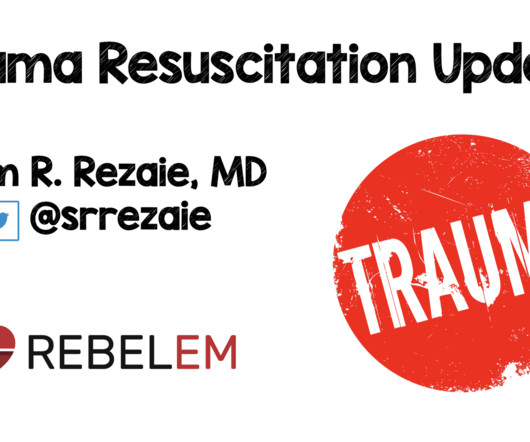ToxCard: Iron
EMDocs
DECEMBER 6, 2024
Stage 3 (timing variable) Shock 1 : Can occur within hours for massive ingestion, but may occur over a longer time course. 6 Severe toxicity and shock are typically seen with serum iron concentrations above 500 g/dL and serum iron concentrations above 1000 g/dL are associated with significant mortality. doi: 10.1097/PEC.0b013e3182302604.














Let's personalize your content